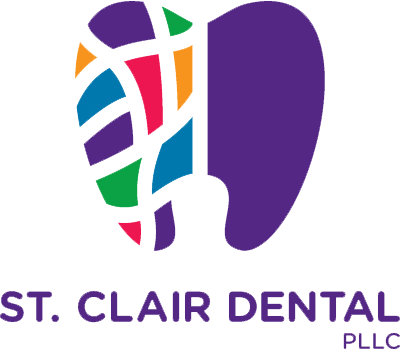Dentists and orthodontists often help patients straighten their teeth using a variety of devices, with one of those devices being temporary anchorage devices. These devices are screw-like implants that are typically composed of titanium and are placed inside the mouth to provide a stable, fixed point to aid tooth movement. Anchorages are vital for tooth movement, and for patients wishing to learn more about how tooth movement works, it’s important to understand how these devices use force to correct a malocclusion.
How TADS Work To Correct Tooth Alignment
Our tooth movement is our body’s natural response to sources of outside pressure placed on our teeth over a period of time. When pressure is applied, the bones and connective tissues respond by adapting to that new position. In traditional treatment, brackets, wires, and elastics are placed onto the teeth, and as time passes, the wires apply pressure onto your teeth towards an ideal bite.
However, in more complex cases of tooth misalignment, the brackets and wires used in traditional braces may not be enough to complete treatment. Temporary anchorage devices provide a form of anchorage that doesn’t necessarily rely on the teeth for pressure and movement. These devices are a form of bone anchorage that provides a faster form of tooth movement by replacing certain teeth with temporary mini-implants, which offer an alternative anchorage point for tooth movement.
Because TADS operate differently from traditional braces, they come with multiple benefits, especially for those who face more complex tooth problems. These benefits include:
- Eliminate Tooth Anchors: People who aren’t candidates for traditional braces due to various tooth problems can use temporary anchorage devices to eliminate the need for tooth anchorage. TADs act as an alternative form of anchorage where instead of placing pressure on an unreliable tooth, can use a mini-implant for support instead.
- Expanded Anchorage Points: Anchorage points are the areas used by orthodontists to apply pressure to the teeth. These devices help expand on those points, allowing dentists to utilize different areas of the mouth for support without the need for other devices such as headgear.
- Stabilize Tooth Movement: For teeth that need to be used as an anchor point, temporary anchorage devices help support the anchoring teeth for gradual tooth movement.
- Reduced Time For Treatment: When TADs are used for tooth movement, these devices help reduce the amount of time needed to complete treatment by one-third.
- Allow for Skeletal Changes: In cases where growth modifications need to be made, dentists can use TADs to allow for those necessary movements.
- Prepare for Restorative Treatment: Patients who desire a multi-step treatment plan can use TADs to prepare for bridges, crowns, and implants without needing braces.
How Can Patients Get TADs for Treatment?
TADs in their design are similar to any dental implant but don’t need to osseointegration process, meaning they can be used and then extracted with ease to prepare for other procedures, including crowns, veneers, and bridges. These devices require minimal effort to install and are pain-free for the patient. For more information about TADs, the best place to go to is your primary dentist for a consultation.

